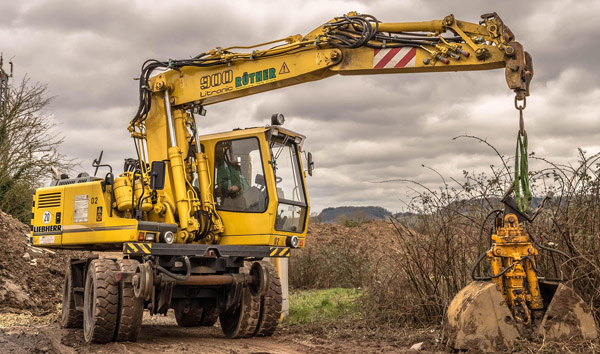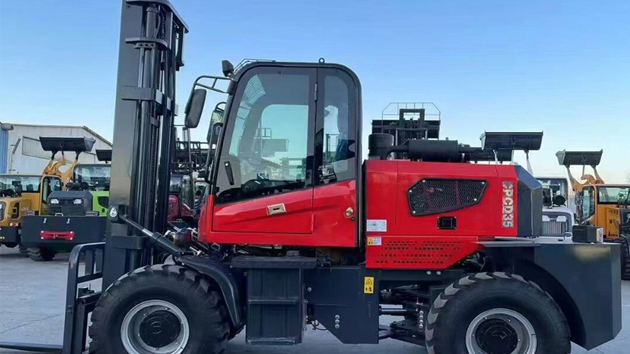The Evolution and Applications of Off-Road Forklifts in Modern Industry
2025-07-04 04:55:29
Off-road forklifts are engineered to tackle challenging environments where traditional forklifts would falter. Unlike their warehouse counterparts, these machines feature reinforced tires, higher ground clearance, and robust suspension systems. Industries such as construction, agriculture, and mining rely heavily on off-road forklifts to transport heavy loads across uneven surfaces. Their ability to operate in mud, gravel, and steep inclines makes them indispensable in remote job sites.
Key Design Features of Off-Road Forklifts The structural integrity of off-road forklifts is a result of meticulous engineering. Heavy-duty frames, often made from high-grade steel, provide the necessary durability. Additionally, these forklifts are equipped with all-terrain tires that offer superior traction. Advanced hydraulic systems ensure smooth lifting even under extreme conditions. Many models also incorporate enhanced cooling systems to prevent overheating during prolonged use. These design elements collectively enhance the performance of off-road forklifts in demanding settings.
Industry Applications and Demand Trends The demand for off-road forklifts has surged in sectors requiring rugged material handling solutions. Construction sites utilize them for moving steel beams, concrete blocks, and other bulky materials. In agriculture, they assist in loading hay bales and transporting feed. Mining operations deploy off-road forklifts to handle heavy equipment and raw ores. Market data indicates a 12% annual growth in off-road forklift sales, driven by expanding infrastructure projects and mechanized farming. Their adaptability ensures continued relevance across diverse industries.
Technological Advancements in Off-Road Forklifts Recent innovations have further elevated the capabilities of off-road forklifts. Hybrid and electric models are gaining traction, reducing emissions without compromising power. Telematics systems enable real-time monitoring of performance metrics, improving maintenance efficiency. Some high-end models now feature autonomous navigation, allowing for unmanned operation in hazardous zones. These advancements underscore the industry's commitment to sustainability and operational excellence, positioning off-road forklifts as future-proof solutions.
Challenges and Future Outlook Despite their advantages, off-road forklifts face challenges such as high maintenance costs and limited maneuverability in confined spaces. However, ongoing R&D aims to address these issues through lightweight materials and AI-driven automation. Analysts predict a 15% market expansion by 2030, fueled by emerging economies and green energy initiatives. As industries continue to prioritize efficiency and safety, off-road forklifts will remain a cornerstone of heavy-duty logistics. Their evolution reflects the dynamic interplay between technology and industrial needs.













